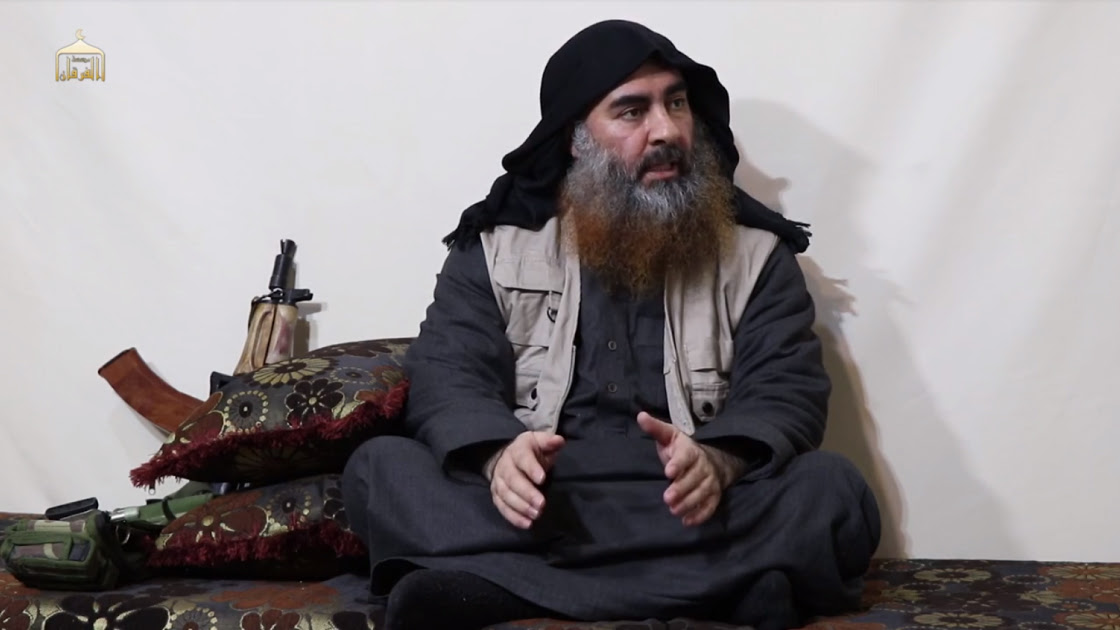It is unlikely that the death of Islamic State leader Abu Bakr Al-Baghdadi will significantly affect the group’s operations going forward, at least in the short term.
This is largely because Baghdadi probably functioned more as an ideologue and figurehead than an operational commander in the last few years of his leadership. But in the longer term we assess that Baghdadi’s death — and the appointment of a largely unknown new leader — may undermine the group’s attempts to sustain its recruitment and maintain internal cohesion, as it attempts to expand its global influence.
IS acknowledged Baghdadi’s death in an audio statement on 31 October, four days after the US confirmed the news. In the message, the group said its Shura Council had selected ‘Abu Ibrahim Al-Hashimi Al-Quraishi’ as its new leader and ‘Caliph’. It called on fighters to pledge allegiance to him, and described him as a religious scholar and veteran jihadist fighter. Since the statement, IS has released a series of photos featuring fighters allegedly in 13 countries pledging allegiance to the new leader.
Though it has not explicitly done so yet, IS is likely to use Baghdadi’s death as justification for a ‘revenge’ campaign of attacks globally. The group has responded to similar setbacks — such as its loss of territory in March — in this way. And we have seen multiple instances of supporters calling for attacks in the pro-IS channels that we monitor. These have mostly been directed against the US, but also against the ‘West’ more broadly.
In the longer term, however, IS is likely to find it even more difficult to recruit members, and to inspire attacks. The group’s successes in Iraq and Syria under Baghdadi over the past few years afforded him with legitimacy and respect, and as such he was personally revered by his followers. Despite its grandiose name, ‘Islamic State’ has not held territory since March, and its new ‘caliph’ is unknown to all but those in the group’s inner circle. This undermines its ideological purpose, and its unique appeal to jihadists globally.
Quraishi is likely to face challenges commanding the same authority among IS supporters as Baghdadi had done, not least because his identity remains unknown to the vast majority of his followers. Quraishi’s nomme de guerre suggests that he belongs to the Quraish tribe, and so purports to be a descendent of the Prophet Muhammad. But because IS has long kept the identities of its senior leadership a closely-guarded secret, no other details are known about its new leader.
There is also potential for Baghdadi’s death to undermine internal cohesion within IS. It is unclear how involved Baghdadi was in day-to-day planning, despite the group attempting to portray him in this way in his last video appearance in April. But his leadership messages appeared to help unite an increasingly disparate, global IS network, as the group shifted its strategy towards a more dispersed model in the past few months. Despite the recent pledges, these affiliates may be less inclined to follow future directives given by the new IS leader.
Image: Screenshot of a video featuring a speech from the former IS leader, Abu Bakr Al-Baghdadi, 29 April 2019.







